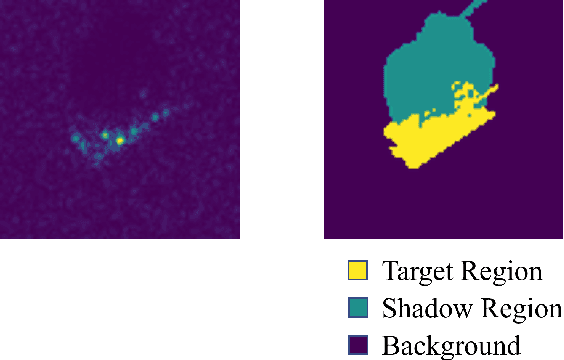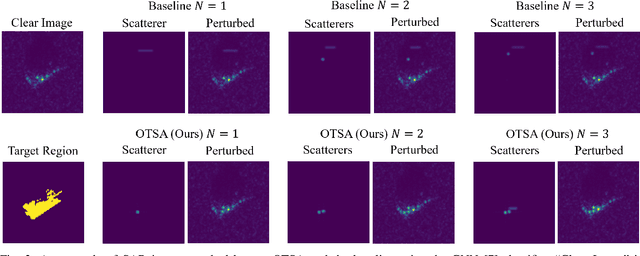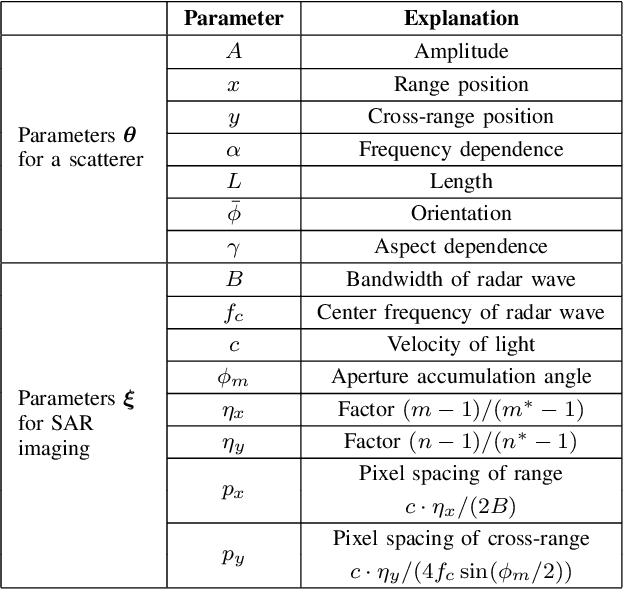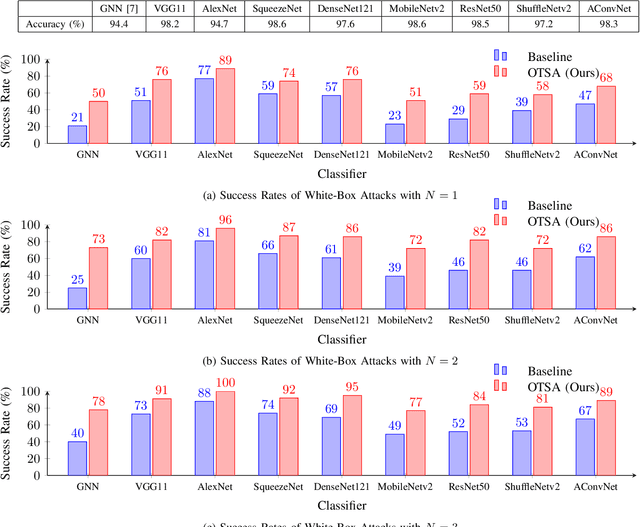Realistic Scatterer Based Adversarial Attacks on SAR Image Classifiers
Paper and Code
Dec 05, 2023



Adversarial attacks have highlighted the vulnerability of classifiers based on machine learning for Synthetic Aperture Radar (SAR) Automatic Target Recognition (ATR) tasks. An adversarial attack perturbs SAR images of on-ground targets such that the classifiers are misled into making incorrect predictions. However, many existing attacking techniques rely on arbitrary manipulation of SAR images while overlooking the feasibility of executing the attacks on real-world SAR imagery. Instead, adversarial attacks should be able to be implemented by physical actions, for example, placing additional false objects as scatterers around the on-ground target to perturb the SAR image and fool the SAR ATR. In this paper, we propose the On-Target Scatterer Attack (OTSA), a scatterer-based physical adversarial attack. To ensure the feasibility of its physical execution, we enforce a constraint on the positioning of the scatterers. Specifically, we restrict the scatterers to be placed only on the target instead of in the shadow regions or the background. To achieve this, we introduce a positioning score based on Gaussian kernels and formulate an optimization problem for our OTSA attack. Using a gradient ascent method to solve the optimization problem, the OTSA can generate a vector of parameters describing the positions, shapes, sizes and amplitudes of the scatterers to guide the physical execution of the attack that will mislead SAR image classifiers. The experimental results show that our attack obtains significantly higher success rates under the positioning constraint compared with the existing method.
 Add to Chrome
Add to Chrome Add to Firefox
Add to Firefox Add to Edge
Add to Edge